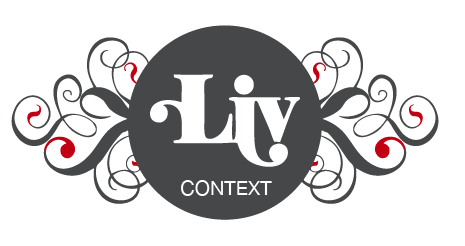Vector art is a form of digital illustration and its use is increasing every day. Vector art can be seen in almost every part of print, online and televised media. Knowing how to use vector-based illustration is a prerequisite for almost every graphic design job due to its many applications in commercial media. Vector-based artwork is entirely dependent on computers because it is driven by complex mathematical equations. Though it is relatively new, many beautiful illustrations and compelling advertisements have been created with vector art.
Definition
Vector art is any digital artwork in which the shapes in the art are represented by mathematical equations within a computer. Geometric shapes like lines, waves, single points and curves are placed together by the artist to create an illustration while the computer keeps track of each item's location, curve and relative proportion to the other shapes.
Advantages
The biggest advantage of vector art is that it is infinitely scalable. Unlike raster art, which uses pixels to create digital illustrations, vector-based artwork can be enlarged over and over again without losing any of the picture's quality. Another advantage of vector art is that, unlike raster art, the work created always takes up the same amount of memory in your computer. This means that you can create images as large as you want and still not have it affect the file size of your digital illustration. With raster artwork, larger images mean much larger file sizes.
Disadvantages
The main disadvantage with vector art is that it is simply unsuited for creating highly detailed art or illustration. Adding elements like light or shadow spilling over an arm or clothed leg, for instance, is extremely difficult to do with vector art. While raster- or pixel-based artwork can have shades and effects applied to it to lighten or darken an area, each vector shadow or effect needs to be drawn individually with a new shape. The process of changing each centimeter of your vector illustration makes advanced effects too time-consuming or impossible to attempt.
Primary Uses
Due to the distinctive properties of vector art, it is applied to very specific types of illustration. Creating logos and text are the most common applications for vector art. These images often need to be scaled up or down in size in a wide variety of ways for publication and marketing purposes. This necessitates the ability to zoom in or out without losing any image quality.
Identification
It is relatively easy to identify vector-based artwork just by looking at it. Typically vector artwork is simpler than raster or bit map digital art, and it has cleaner lines and edges than traditional pen-and-ink drawings or paintings. Crisp, simple lines are usually a dead giveaway that vector art has been used. Due to vector art's inability to mimic photo realism, illustrations of faces, for example, will appear-cartoon like or look like a simple illustration as opposed to a painted portrait.
Subscribe to:
Post Comments (Atom)


No comments:
Post a Comment